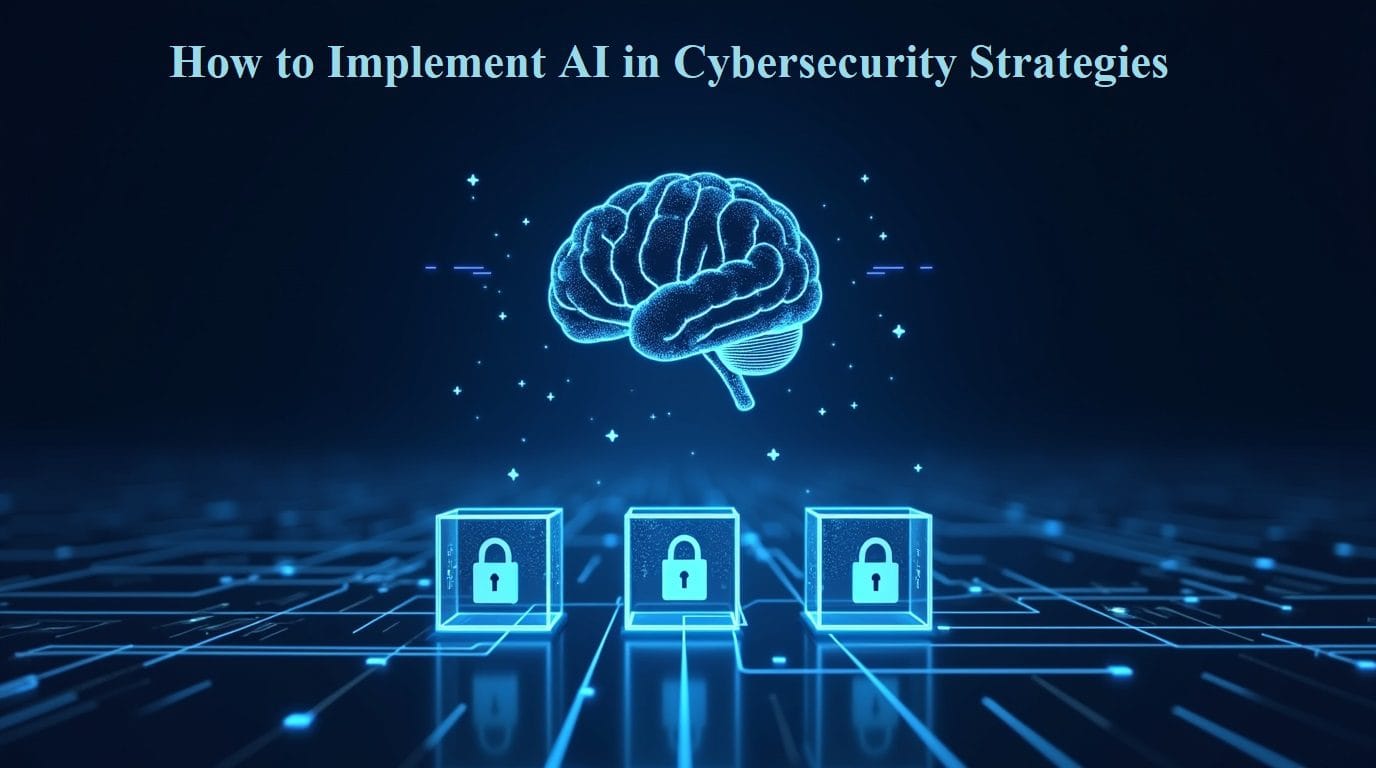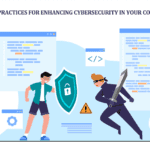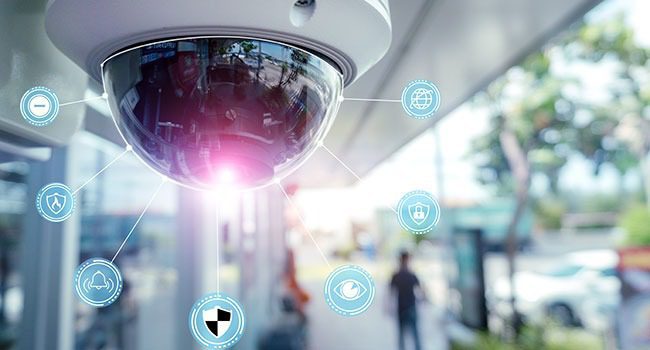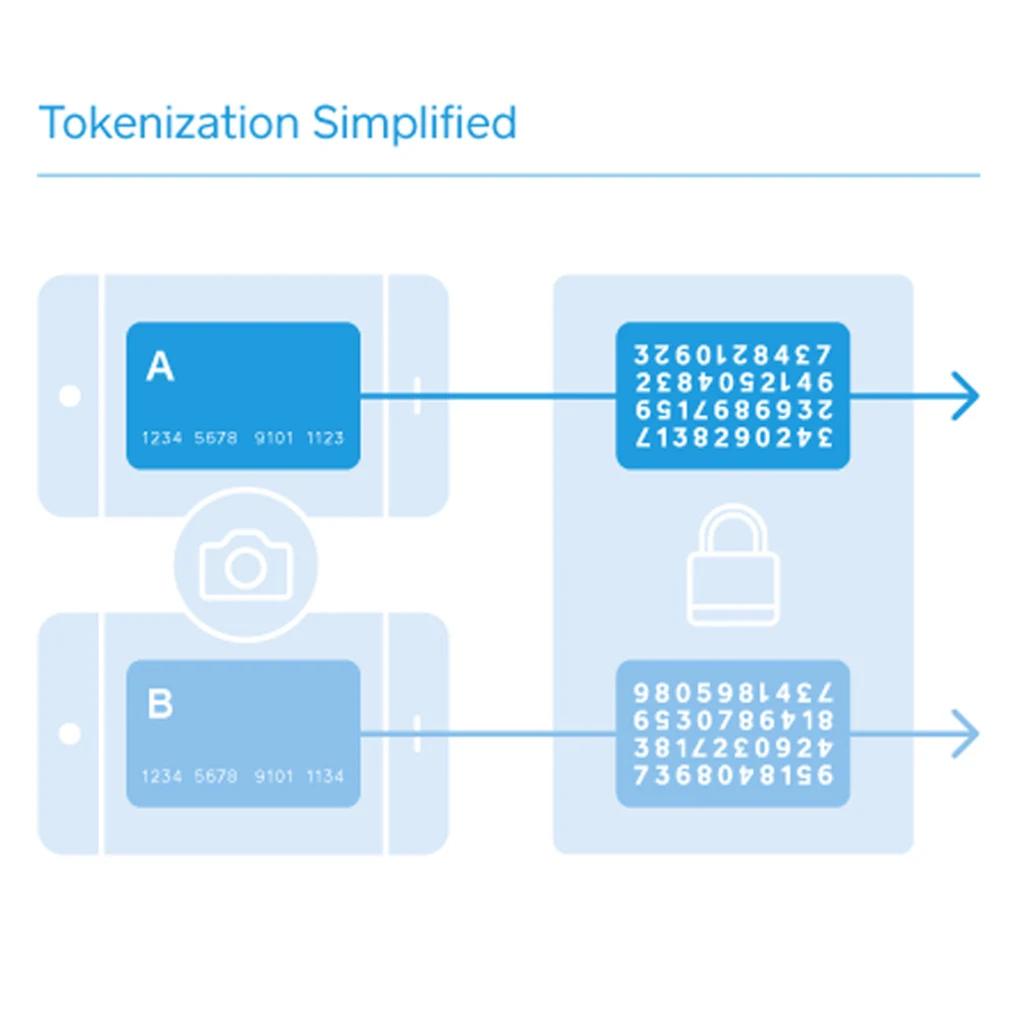
To stay safe online, current cybersecurity strategies require faster responses, higher intelligence, and more accurate tools. Because of the growing needs, AI in cybersecurity is increasingly necessary. Security teams can discover threats sooner, handle similar threats automatically and oversee more security monitoring activity. On its own, purchasing AI technology isn’t enough to protect your cybersecurity. This means you need proper planning, the right use cases and integration with what you already have.
The blog will walk you through the steps needed to add AI to cybersecurity approaches. Let’s jump in.
1. Explore What AI Can Be Used For in Cybersecurity
The uses of AI vary according to your organisation’s development, the type of industry, and how risky your operations are. The first step is to pinpoint processes that help the company achieve clear results. The goal is to align AI with your existing cybersecurity strategies.
Some Uses of AI Today:
- Anomalies among users are identified immediately by analysing their behaviour compared to the expected patterns.
- Use of NLP: NLP-supported tools look inside emails for keywords or suspicious links.
- Artificial Intelligence is faster at detecting and sorting new malware than traditional techniques.
- SIEM Augmentation: AI uses AI to make sure security information and event management (SIEM) systems first focus on the most important threats.
Check which of these or alternative fields are most important for your organisation at this time.
2. Collect High-Quality Data
The data you input will affect how helpful AI is. Such aspects in cybersecurity consist of logs, alerts, metadata for internet activity, information from endpoints, and behavioural details. Poor, unlabeled, or undiverse datasets can cause your models to miss important threats or give false alarms.
Ways to Prepare for Data Processing:
- Consolidate data from all devices, links, and services on your network.
- Have your data funnelled through SIEM or XDR solutions.
- Invest in proper labelling and cleaning of all your data.
- Make sure to draw information from well-known researchers and services.
An absence of a clean data pipeline calls for you to either start with data lake infrastructure or try bespoke AI models from nobody but experts.
3. Choose if you’d like to use a generic AI or make your custom AI
There’s no need to start from zero when making AI models. Darktrace, CrowdStrike and Palo Alto Networks give you the option to add AI to your current security system.
Look At:
- These work best for big businesses that have their own data science teams to use them. They give you more control over your applications, but they also need considerable effort and funding.
- Vendor Solutions are designed for mid-size companies seeking quick results and strong accuracy.
A combination of options exists, for example, adopting vendor AI models and still sampling and using your company’s own data to train them.
4. Include AI in the Defence Strategies Currently in Use
Don’t keep AI isolated from your current security tools. AI in cybersecurity should be used in conjunction with the existing steps in handling incidents, hunting for threats or handling vulnerabilities.
Integration Considerations:
- Make sure your AI-powered security tools deliver data into your SIEM or SOAR solution.
- AI should be used to handle triage operations and to allocate problems.
- Allow analysts to confirm freeze tags by comparing them to reality, helping the system become more accurate over the long run.
AI and human analysts should support each other rather than one replacing the other. When security teams and machine intelligence collaborate, the implementation is typically the most successful.
5. Deal with Risks related to Ethics, Laws, and Operations
Cybersecurity benefits from AI, but nobody can guarantee it won’t cause problems. A wrong classification of traffic might either block useful actions or overlook subtle threats. Also, when regulations such as the GDPR or PIPEDA are developed, AI models should be both clear and easy to check.
Mitigation Steps:
- Create XAI components so users can see why a decision was taken.
- Often conduct checks to identify if there is any algorithmic bias or if the performance of your model is drifting.
- See to it that the AI technology you use follows the data protection rules where you are.
The need for security should never make privacy or transparency go away.
6. Help Your Team Gain New Cybersecurity Skills
Your team has to be able to understand, solve problems with, and optimise what AI generates. If you don’t treat big data well, you’ll lose its potential to improve your organisation.
Training Recommendations:
- Teach analysts Python, the basics of machine learning, and methods for dealing with data.
- Encourage certificates like Microsoft’s Security AI Fundamentals or Coursera’s AI for Cybersecurity.
- Help AI literacy by forming teams from cybersecurity, data science, and DevOps professionals, along with experts from all sides.
The deeper your team understands AI in cybersecurity, the more effectively they can make it for real threats.
7. Check the return you’re getting from your spending
Introducing AI in cybersecurity strategies shouldn’t be treated as a hidden process. Make sure there are clear KPIs in place to evaluate how effective you are.
Key Metrics:
- A smaller number of false positives
- Amount of time to find and solve incidents (MTTD/MTTR)
- Better identifying of threats
- Decreasing the amount of work analysts need to do
Get input from your security teams and adjust your practices or processes based on it. Keep updating AI, since it is not something you deploy and forget.
Conclusion
AI in cybersecurity doesn’t merely involve upgrading systems; it involves a shift in strategy. Its purpose isn’t to get rid of cybersecurity tools or workers. It means using machine learning to make your current strategies better. Effective use of AI within your core cybersecurity strategies helps your organisation not just react to problems, but also predict them early on.
Begin by noticing where data will be used, checking the quality of your data and deciding on the best strategy for connecting systems. If you include expert human supervision and follow ethical rules, you’ll be able to handle today’s serious cyber attacks.
CTA: Want to strengthen your cybersecurity using AI? Start with a risk assessment to see where AI can deliver the most value.








